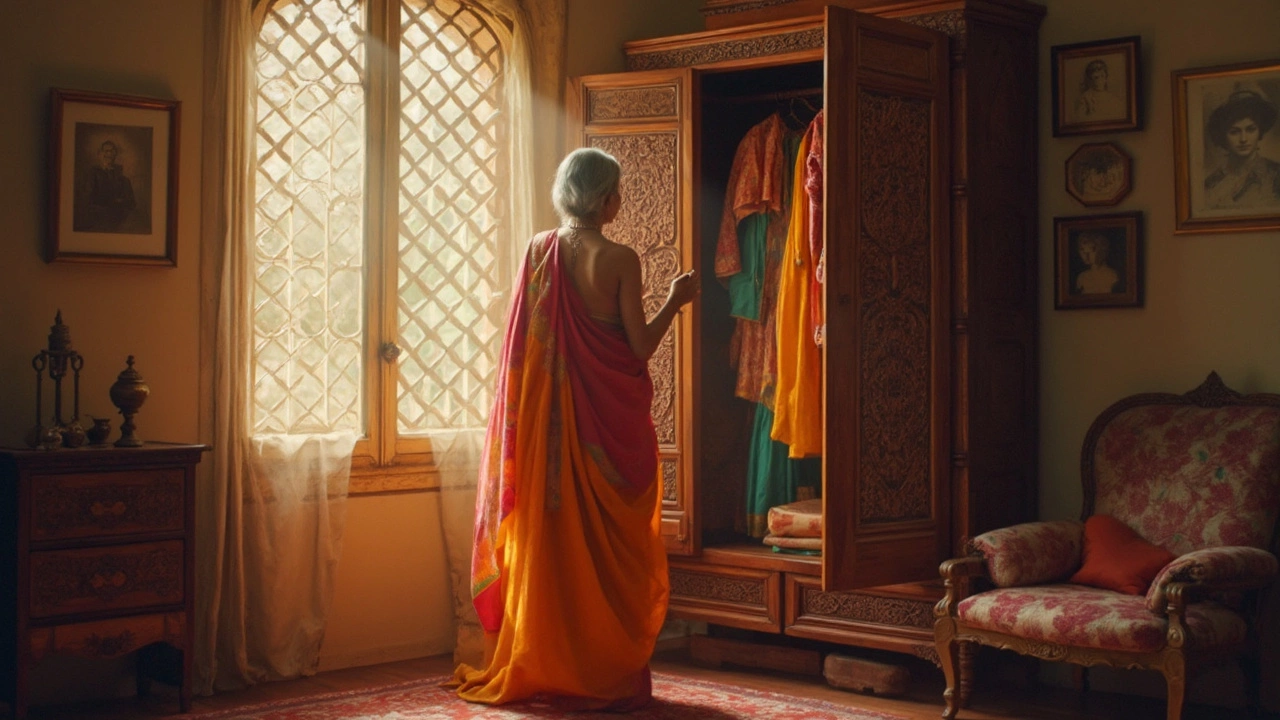Vintage Wardrobes – How to Pick, Style, and Keep Them Looking Fresh
If you love the look of old‑school furniture, a vintage wardrobe can be the centerpiece of any room. They bring character, solid wood feel, and a dash of history that cheap flat‑pack pieces simply can’t match. Below you’ll find easy steps to choose the right wardrobe, blend it with today’s décor, and keep it in top shape.
Choosing the Right Vintage Wardrobe
First, think about the space you have. Measure the height, width, and depth before you fall in love with a piece online or at a market. A wardrobe that’s too tall will force you to crane your neck, while one that’s too deep can block traffic flow.
Next, decide on the style. Mid‑century modern wardrobes usually have clean lines and tapered legs, while Victorian pieces sport ornate carvings and heavy doors. Pick a style that matches the vibe of the room – a sleek 1950s wardrobe looks great in a minimalist loft, whereas a richly paneled antique fits a cottage or traditional living room.
Material matters too. Solid oak, walnut, and mahogany hold up for decades. Avoid furniture that’s glued together or has a thin veneer; those tend to warp over time. If you’re on a budget, look for reclaimed wood pieces that have been restored – they often come at a fraction of the original price.
Styling a Vintage Wardrobe with Modern Touches
Don’t think you have to go full retro. Pair a vintage wardrobe with contemporary accessories for a fresh look. A pair of sleek metal drawer pulls, a bold paint color on the doors, or a simple LED strip inside can make the piece feel current.
Use the wardrobe as a storage hub for everyday items and a display case for décor. Open the top shelf for stacked baskets, place a framed print on the side, and keep the lower drawers for folded clothes. The contrast between old wood and new items adds visual interest.
If the wardrobe feels too heavy for a small room, break it up. Use the lower half as a shoe rack and the upper half as a vanity. Adding a small mirror on the door turns it into a functional dressing area without buying extra furniture.
Maintaining Your Vintage Wardrobe
Dust regularly with a soft cloth – dust can scratch the finish. For deeper cleaning, use a slightly damp cloth and a drop of mild soap, then wipe dry. Avoid harsh chemicals; they can strip the wood’s natural oils.
Control humidity. Wood expands in damp air and cracks when it gets too dry. If you live in a humid zone, place a dehumidifier nearby, and in dry climates, consider a room humidifier to keep the wood stable.
Check hinges and slides every few months. Tighten loose screws and replace worn parts with matching hardware. A quick oiling of the moving parts keeps doors opening smoothly.
Lastly, protect the finish. Use felt pads under heavy items and avoid placing hot objects directly on the surface. A simple coat of natural wax once a year can revive the glow and add a protective layer.
With the right choice, smart styling, and proper care, a vintage wardrobe becomes more than storage – it turns into a conversation starter and a lasting piece of art for your home.
What Are Old Closets Called? A Guide to Naming and Spotting Vintage Wardrobes
Ever wondered what old closets are called or why your grandma's wardrobe looks so different from the ones in stores today? This article digs into the names, designs, and history behind vintage wardrobes, including tips for spotting genuine antiques. You'll learn why words like 'armoire' and 'chifforobe' are more than just fancy labels. We'll also cover how to tell if a piece is truly old, and what makes these closets unique. Get practical advice for buying, restoring, or just appreciating these timeless pieces.





